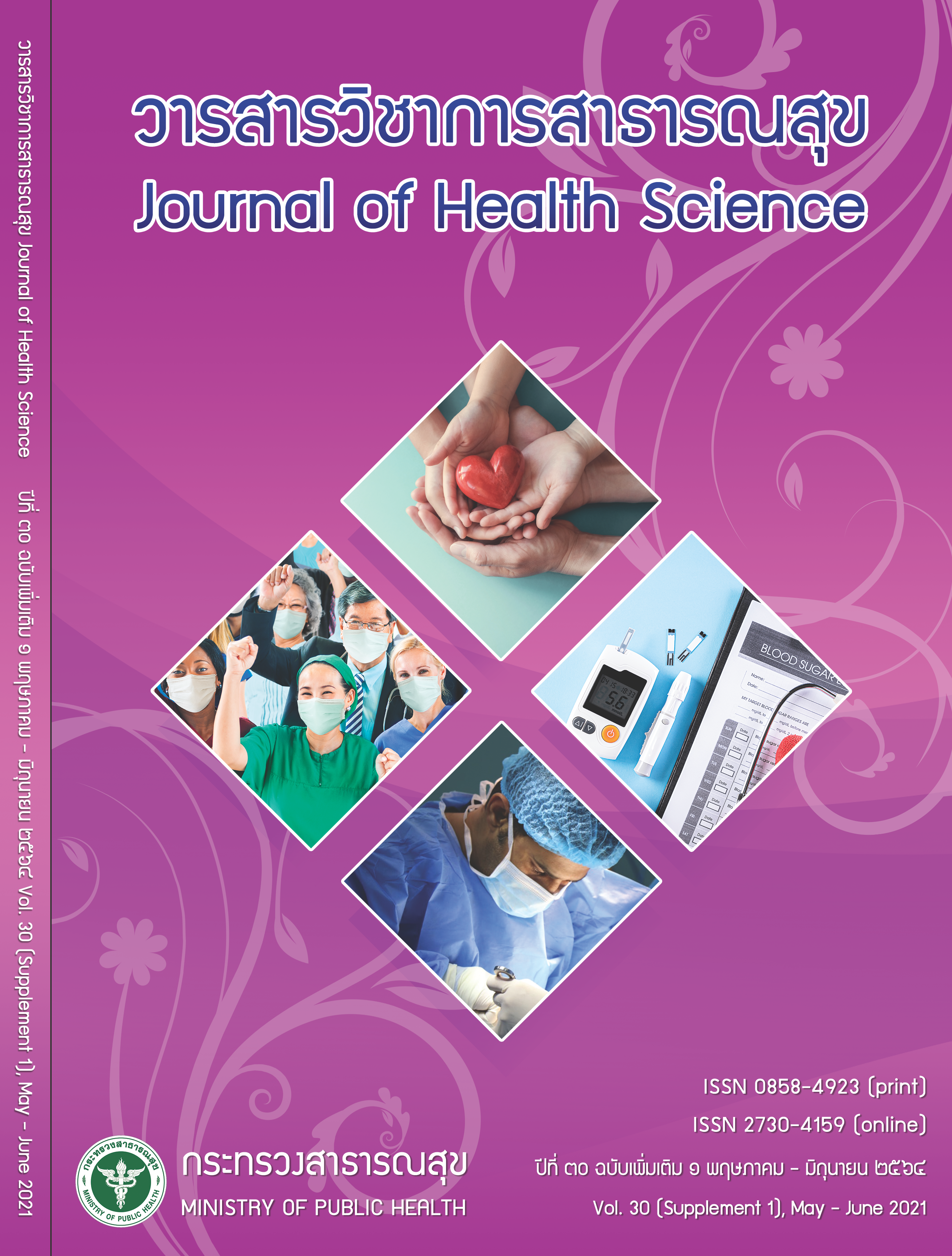Ankle Amputation for Non Healing Ulcers of the Foot in Leprosy Patients: a Case Series
Keywords:
amputation, syme, leprosyAbstract
Ankle amputation is an amputation level that minimizes disability and preserves functions. Potential benefits of these levels include their long lever arm and the potential ability to continue to bear weight and walk for short distances without the use of a prosthesis. The stump is nearly as long as a normal leg. Full end weight bearing on the heel pad with normally-channeled proprioceptive feedback is what distinguishes ankle amputation from below knee amputation. Ankle amputation is not suitable for everyone because of potential wound-healing problems (wound failure, wound infection). Most surgeons believe that below knee amputation is preferable. To date, there have not yet report this procedure in Thailand. The author presented 10 cases with non healing ulcers of the foot due to leprosy (neuropathic foot) who had a successful ankle amputation (Syme’s and Modified Pyrogoff’s amputation) at Sirinthorn Hospital, Khan Kaen between October 2013 - September 2020. All patients remained socially independent for 6 months post-operatively. This amputation preserved more of the limb than a below knee amputation. The major psychologic benefit was the relatively small alteration of body image. Thus, ankle amputation is considered viable alternatives to that of below knee level. This is true not only in trauma cases, but also in leprosy patients with a neuropathic foot.
Downloads
Downloads
Published
How to Cite
Issue
Section
License

This work is licensed under a Creative Commons Attribution-NonCommercial-NoDerivatives 4.0 International License.







